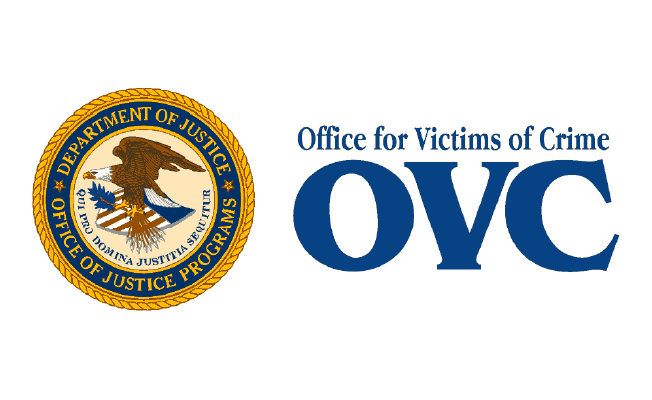Funding Toolkit » Formula Grants » Victims of Crime Act (VOCA) Victim Assistance Formula Grants
Overview
The Victims of Crime Act (VOCA) of 1984 established the Crime Victims Fund (CVF), the nation’s primary funding source to help victims of all types of crimes. CVF is a repository of federal criminal fines, forfeitures, and special assessments. It does not include tax dollars. Among the VOCA-authorized CVF grant programs is the state administered victim assistance formula grants program. It provides funding to groups and direct services for victims, such as domestic violence shelters, legal support, faith-based organizations, and child abuse organizations. OVC – the federal CVF administrator – awards the VOCA Victim Assistance Formula Grant Program in accordance with VOCA and the Victim Assistance Rule and related guidance. The states, in turn, provide subgrants to local public agencies and community service providers (referred to as “subgrantee” or “subrecipient”) that help individuals, families and communities recover from both the initial trauma and the long-term effects of victimization. Courts and legal aid organizations are eligible subgrantees.
Match Requirements
State VOCA subgrantees must contribute 20 percent of the total project cost of each VOCA-funded project, with some exceptions, e.g., federally recognized American Indian or Alaska Native tribes and projects on tribal lands. Match may be cash and/or in-kind. In a March 2020 update to the OVC Match Waiver Approval Process, states now have the discretion to waive or partially waive the match requirement on behalf of subrecipients provided that the state has adopted an OVC-approved waiver policy.
Potential Uses
The OVC VOCA Assistance Rule, effective August 8, 2016, included clarification that state VOCA administrators have the freedom and flexibility to use their funds for a broad array of civil legal needs beyond the immediate aftermath of the crime. It expressly authorizes funds for “Accompanying a victim to offices and court”.
OVC has identified a non-exhaustive list of legal services state VOCA victim assistance administrators could fund:
- Proceedings for protective/restraining orders or campus administrative protection/stay-away orders
- Family, custody, housing, and dependency matters, particularly for victims of intimate partner violence, child abuse, sexual assault, elder abuse, and human trafficking
- Divorce
- Immigration assistance for victims of human trafficking, sexual assault, and domestic violence
- Intervention with creditors, law enforcement (e.g., to obtain police reports), and other entities on behalf of victims of identity theft and financial fraud
- Intervention with administrative agencies, schools/colleges, tribal entities, and other circumstances where legal advice or intervention would assist in addressing the consequences of a person’s victimization
- VOCA funds may also be used to allow victims to file a motion to vacate and/or expunge certain convictions based on their status of being a victim.
The rule also makes clear that states may fund direct services regardless of a victim’s participation in the criminal justice process and that victim eligibility under this program for direct services is not dependent on the victim’s immigration status.
Court navigators and technology relevant to crime victims’ services are allowable uses of these funds. Use of the comparison chart is encouraged to explore other key services or aspects of collaboration that may be relevant and allowable under the Rule, e.g., multi- disciplinary partnerships and coordination activities. DOJ OVC prepared VOCApedia as a resource to address allowability questions related to the VOCA Formula Victim Assistance Grant Program Final Rule.
CFDA
16.575
Administering Federal Agency
U.S. Department of Justice, Office for Justice Programs (OJP), Office for Victims of Crime (OVC)
Find Your State/Local Administrator
Go to the OVC US Resource Map of Crime Victim Services & Information webpage and click on your state to find your state/local administrator.
Amount of Available Funding
Find OVC formula grant allocations by year here (look for “assistance” allocations).
More Information
To find examples of courts and/or their justice partners receiving these funds, click on the PDF.
Formula Grants
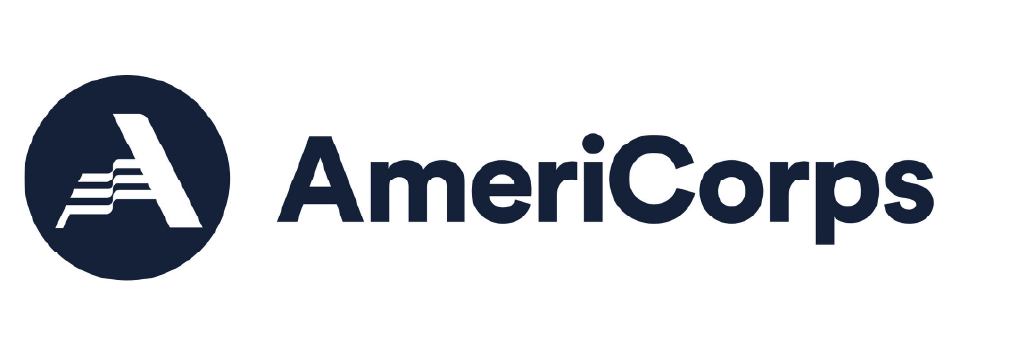
AmeriCorps State and National Grants
AmeriCorps provides grants to a broad range of local and national organizations and agencies committed to using service to address compelling community issues.

AmeriCorps VISTA
AmeriCorps VISTA program is guided by four core principles: anti-poverty, community engagement, capacity building, and sustainable solutions.
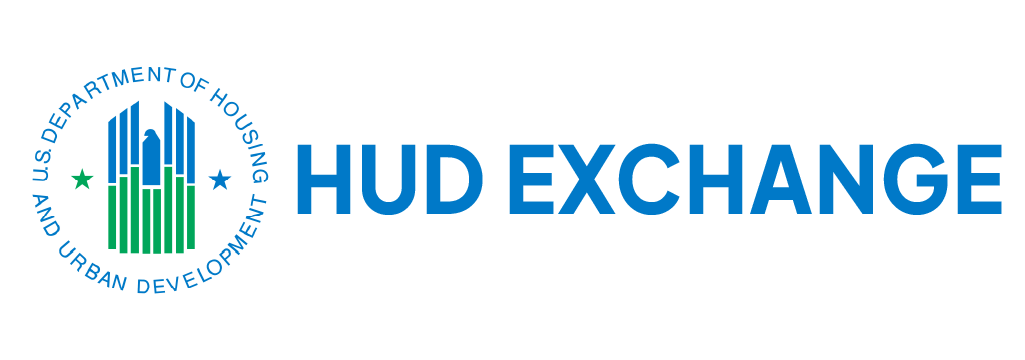
Community Development Block Grant (CDBG)
The CDBG program works to ensure decent affordable housing, to provide services to the most vulnerable in our communities, and to create jobs through the expansion and retention of businesses.

Edward Byrne Memorial Justice Assistance Grant (JAG)
JAG funds awarded to a state or local may be used to support a range of program areas, including law enforcement, prosecution, indigent defense, courts, crime prevention and education…
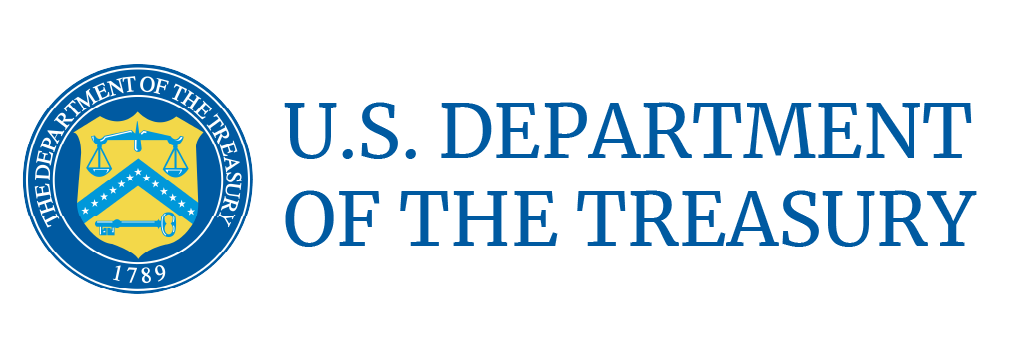
Emergency Rental Assistance Program (ERAP)
The American Rescue Plan Act built upon the ERAP, is set to reduce evictions by providing an additional $21.6 B in emergency rental assistance for low-income renters who have lost income…

Emergency Solutions Grants (ESG) Program
The Emergency Solutions Grants Program focuses on assisting people to quickly regain stability in permanent housing after experiencing a housing crisis and/or homelessness.
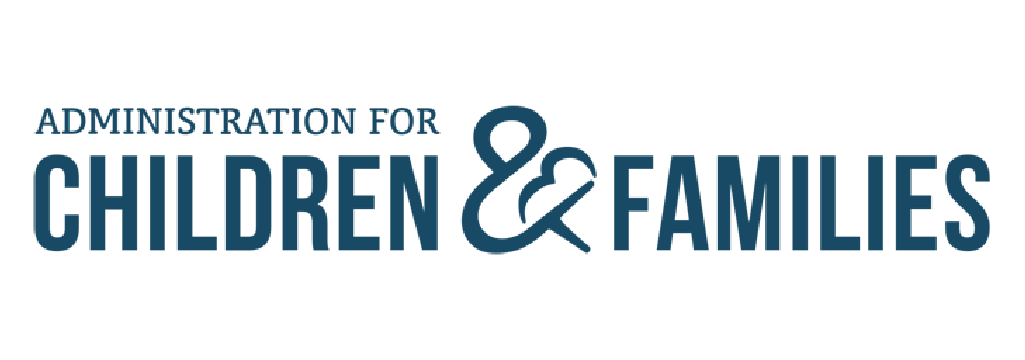
Family Violence Prevention and Services Formula Grants (FVPSA)
The Family Violence Prevention and Services formula grants to states and territories fund more than 1,600 local public, private, nonprofit and faith-based organizations and programs demonstrating…

Homeowner Assistance Fund (HAF)
The HAF is for the purpose of preventing homeowner mortgage delinquencies, defaults, foreclosures, loss of utilities or home energy services, and displacements of homeowners experiencing financing hardship due to…

State and Local Fiscal Recovery Funds (FRF)
FRF is the largest and most flexible source of American Rescue Plan Act funds to help states, counties, cities and Tribal governments cover increased expenditures, replenish lost revenue…
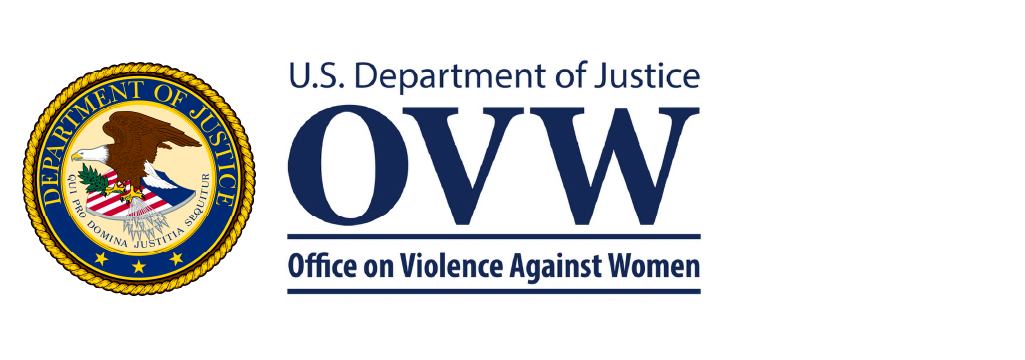
STOP (Services, Training, Officers, and Prosecutors) Violence Against Women Formula Grant
STOP (Services, Training, Officers, and Prosecutors) Violence Against Women Formula Grants are awarded to states to develop and strengthen the criminal justice system’s response…

Title IV-B – State Court Improvement Program (CIP)
The State Court Improvement Program is for children and families who need assistance in order to keep their families together.

Title IV-D – Child Support and Establishment of Paternity
The child support program serves over 17 million children, and provides information to pro se parents helping ensure that parents understand the child support process, know what to expect…

Title IV-E – Federal Payments for Foster Care and Adoption Assistance
The Federal Foster Care Program helps to provide safe and stable out-of-home care for children until the children are safely returned home, placed permanently with adoptive families…

Victims of Crime Act (VOCA) Victim Assistance Formula Grants
VOCA provides funding to groups and direct services for victims, such as domestic violence shelters, legal support, faith-based organizations, and child abuse organizations.
